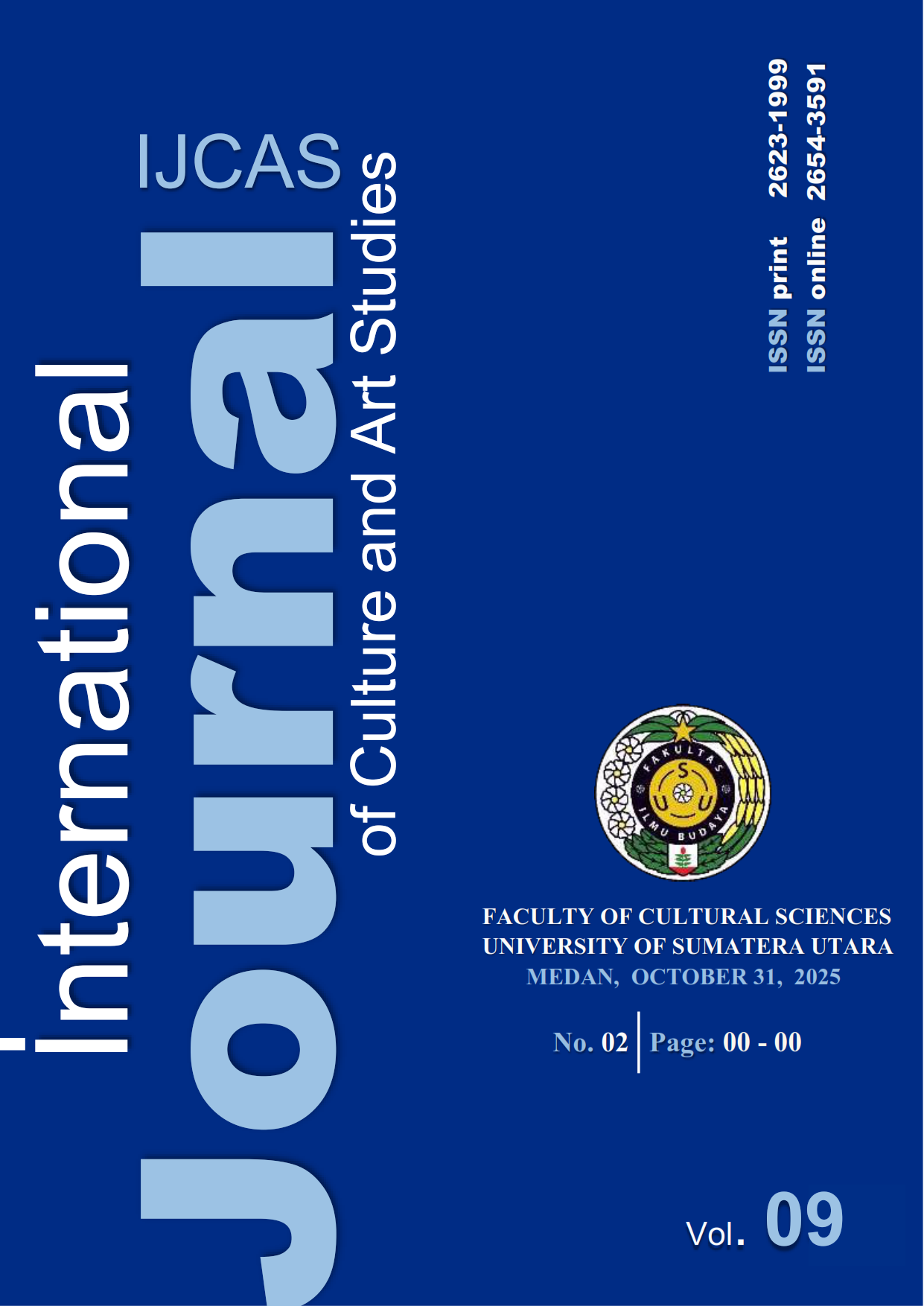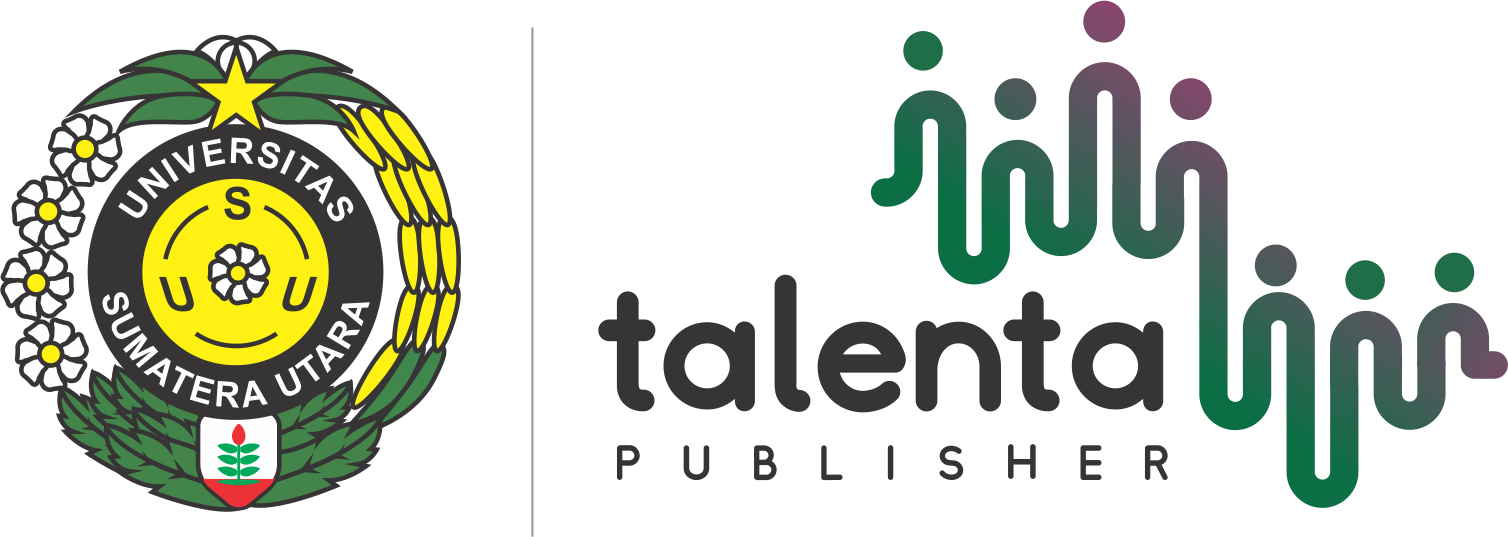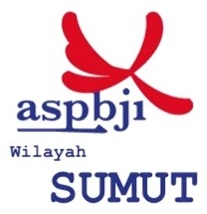Decoding community murals as visual representations of multiculturalism in Suryatmajan tourism kampong
DOI:
https://doi.org/10.32734/ijcas.v9i2.21137Keywords:
Multiculturalism, Mural, Visual Representation, SemioticsAbstract
Community murals, as participatory public art projects, express local identities and cultural influences within society. Situated in the heart of Yogyakarta, the community mural in Suryatmajan tourist village conveys a visual message about unity in diversity while promoting a multicultural ideology. Therefore, this study aims to analyze the signs on these community murals as visual representations of multiculturalism. Employing Roland Barthes' semiotic analysis, this research decodes the signs and layered meanings in four murals placed at the different entrance gates. These murals visually represent four distinct cultural influences, from local to global: Javanese, Chinese, Japanese, and American (popular culture). These cultural influences are identified through images of prominent figures or icons associated with each culture. They generate denotative and connotative meanings for each mural according to its story. As a manifestation of community engagement, the diversity in this mural representation reflects social conditions, cultural history, and residents' preferences. These murals also demonstrate the community's tolerance for cultural differences and foster multiculturalism. By prioritizing the value of harmony (guyub), Suryatmajan tourism kampong emphasizes unity in cultural diversity as a mural narrative. This research concludes that the community mural in tourism kampong is more than simply decoration; it serves as a collective expression, attracts tourists, and fosters multiculturalism within the society.
Downloads
References
Agustin, S. A., Saidi, A. I., & Damajanti, I. (2023). Multiculturalism in the Design Work of Indonesian Women Designers. Jurnal Socius: Journal of Sociology Research and Education, 10(1), 10–18. https://doi.org/10.24036/scs.v10i1.495
Ainsworth, K. (2011). Public art & event design: A synthesis of sustainability, environmental awareness, beauty & functionality. Design Principles and Practices, 5(1), 121–132. https://doi.org/10.18848/1833-1874/CGP/v05i01/38020
Antokosuryo, A. (2015). Representasi Sosok Superhero Hulk Dalam Iklan Lifebuoy Handwash Versi Changing Colour. WACANA: Jurnal Ilmiah Ilmu Komunikasi, 14(3), 241–265. https://doi.org/10.32509/wacana.v14i3.119
Astuti, E. Z., Ernawati, A., & Arifin, Z. (2023). Identitas Budaya Jawa Pada Mural di Kampung Batik Kota Semarang. Jurnal Riset Komunikasi, 6(1), 80–92.
Athalarik, F. M., & Susanto, A. (2020). Representasi Multikulturalisme Dalam Sepak Bola Prancis Masa Kini. WACANA: Jurnal Ilmiah Ilmu Komunikasi, 19(1), 12–23. https://doi.org/10.32509/wacana.v19i1.980
Babel, A. M. (2025). A Semiotic Approach to Social Meaning in Language. Journal of Sociolinguistics, 29(1), 59–73. https://doi.org/10.1111/josl.12689
Barthes, R. (2004). Introduction to the structural analysis of narratives. In Narrative theory: Critical concepts in literary and cultural studies (pp. 65–116). Routledge.
Barthes, R. (2010). Membedah Mitos Budaya Massa: Semiotika atau Sosiologi Tanda, Simbol, dan Representasi (I. Mahyuddin, Trans.). Jalasutra.
Bouzida, F. (2014). The Semiology Analysis In Media Studies—Roland Barthes Approach -. Proceedings of SOCIOINT14, 1001–1007.
Creswell, J. W., & Poth, C. N. (2016). Qualitative inquiry and research design: Choosing among five approaches. Sage publications.
Dianastiti, F. E., Rekha, A., Rizal, M. D. F., & Wati, A. F. (2020). Representasi Budaya Multikultural dalam Meme di Media Sosial. 5(2), 89–94.
Fauziah, S. M. N. (2018). Dari Jalan Kerajaan Menjadi Jalan Pertokoan Kolonial: Malioboro 1756-1941. Lembaran Sejarah, 14(2), 171–193.
Fiske, J. (2010). Introduction to Communication Studies (3rd ed.). Routledge. https://doi.org/10.4324/9780203837382
Halim, C. (2021). Dinamika Etos Kerja Masyarakat Tionghoa Yogyakarta. Sanata Dharma University Press.
Herwendo, R. (2014). Analisis Semiotika Representasi Perilaku Masyarakat Jawa Dalam Film Kala. WACANA: Jurnal Ilmiah Ilmu Komunikasi, 13(3), 230–245. https://doi.org/10.32509/wacana.v13i3.151
Iskanderova, T. (2024). What Is Semiotics? In T. Iskanderova (Ed.), Unveiling Semiotic Codes of Fake News and Misinformation: Contemporary Theories and Practices for Media Professionals (pp. 5–9). Springer Nature Switzerland. https://doi.org/10.1007/978-3-031-53751-6_2
Ismoyo, S. L. (2025). Kajian Seni Rupa Di Ruang Publik Dan Pengaruhnya Terhadap Citra Kota Yogyakarta. Askara: Jurnal Seni Dan Desain, 3(2), 113–129. https://doi.org/10.20895/askara.v3i2.1436
Jabaril, R. (2024). Estetika Grafiti dan Mural di Ruang Publik. Dekonstruksi, 10(03), 73–76. https://doi.org/10.54154/dekonstruksi.v10i03.260
Juningsih, L. (2015). Multikulturalisme di Yogyakarta dalam Perspektif Sejarah. Seminar Dies Ke-22 Fakultas Sastra “Pergulatan Multikulturalisme Di Yogyakarta Dalam Perspektif Bahasa, Sastra, Dan Sejarah, 2–11.
Kustedja, S., Sudikno, A., & Salura, P. (2012). Feng-shui: Elemen Budaya Tionghoa Tradisional. MELINTAS, 28(1), 61–89. https://doi.org/10.26593/mel.v28i1.289.61-89
Lasiter, T. (2016). Impacts of Participatory Mural Making on Youth Empowerment. In Community-Built (p. 17). Routledge.
Lestari, E. (2017). Representasi Wujud Budaya di Masyarakat Multikulturalisme dalam Novel Burung-burung Rantau Karya Y.B Mangunwijaya. KEMBARA: Jurnal Keilmuan Bahasa, Sastra, Dan Pengajarannya, 3(2), 196–209. https://doi.org/10.22219/kembara.v3i2.5176
Li, N., Xie, J., Nguyen, H. A., Cai, J., & Carroll, J. M. (2024). Citizen Art: A Creative Mural Project for Community Building. The Journal of Community Informatics, 20(1), 129–158. https://doi.org/10.15353/joci.v20i1.5566
Mappaenre, A., Ruswandi, U., Erihadiana, M., Nuraini, Y., & Wiwaha, R. S. (2023). Multicultural Education In Indonesia: Characteristics And Urgency. JISIP (Jurnal Ilmu Sosial Dan Pendidikan), 7(2), 874–876. https://doi.org/10.58258/jisip.v7i2.4574
Mendelson-Shwartz, E., & Mualam, N. (2022). Challenges in the creation of murals: A theoretical framework. Journal of Urban Affairs, 44(4–5), 683–707. https://doi.org/10.1080/07352166.2021.1874247
Mohammad, F., Ladin, C. A., Shaharom, M. S. N., & Ghazali, M. M. M. (2025). Criteria of Assessment for Malaysian Schools' Mural Painting. MOJES: Malaysian Online Journal of Educational Sciences, 13(1), 42–63.
Moore, M. (2022). Journey To The Dragon's Gate: A Study Of Hybrid Ride Systems And How They Enhance Attraction Storytelling [Theses]. University of Central Florida.
Oentoro, K., & Wiyatiningsih, W. (2024). Creative Workspace Design as A Form of Local Creative Industries Collaboration in Suryatmajan Tourism Kampong. Panggung, 34(1), 120–130. https://doi.org/10.26742/panggung.v34i1.3259
Perwal Kota Yogyakarta No. 115. (2016). Peraturan Walikota Kota Yogyakarta Nomor 115 Tahun 2016 tentang Penyelenggaraan Kampung Wisata. https://peraturan.bpk.go.id/Home/Details/19536
Piliang, Y. A. (2004). Semiotika Teks: Sebuah Pendekatan Analisis Teks. Mediator: Jurnal Komunikasi, 5(2), 189–198. https://doi.org/10.29313/mediator.v5i2.1156
Piliang, Y. A. (2010). Semiotika dan Hipersemiotika: Kode, Gaya dan Matinya Makna. Matahari.
Pramudita, P., Purnengsih, I., & Wijayanto, C. S. (2018). Mitos Perlawanan Masyarakat Urban dalam Seni Rupa Mural. Jurnal Desain, 5(02), 95–103. https://doi.org/10.30998/jurnaldesain.v5i02.2133
Radja, I. G. S., & Sunjaya, L. R. (2024). Representasi Budaya Jember dalam Jember Fashion Carnival: Pendekatan Teori Representasi Stuart Hall. WISSEN : Jurnal Ilmu Sosial Dan Humaniora, 2(3), 13–20. https://doi.org/10.62383/wissen.v2i3.160
Razak, R. A., Ahmad, S. H. S. A., Amir, N. M. A. H., Bakar, S. A. S. A., & Mazlan, H. (2025). Street Stories: Capturing Narratives Through Mural in Pusing Town. International Journal of Creative Future and Heritage (TENIAT), 13(1), Article 1. https://doi.org/10.47252/teniat.v13i1.1329
Saptodewo, F. (2013). Kajian Mitologi dan Dekonstruksi Tokoh Wayang Tetuka. Deiksis, 5(03), 239–250.
Saptodewo, F. (2014). Perancangan Visualisasi Tokoh Wayang Bambang Tetuka. Jurnal Desain, 1(02), 102–109.
Sarli, P. W., Malasan, P., Riswarie, A., & Soeowndo, P. (2020). Interrupting Colors: Reading the Visual Culture of Urban Indonesia through its Revitalized Rainbow Slums (Case Study: Malang). AESCIART. International Conference on Aesthetics and the Sciences of Art.
Senja, A. A., Saidi, A. I., Damajanti, I., & Ahmad, H. A. (2024). Semiotic Analysis of Embodiment In The Design of Indonesian Women Designers. New Design Ideas, 8(2), 433–447. https://doi.org/10.62476/ndi82433
Sungkar, A., Atik, S. K., Pandanwangi, A., Suharyati, H., Widjaja, T., Adi, S. P., Hendrawan, L., Hendranto, D. W., Mustaqim, K., & Marutama, I. T. (2021). MURAL, Menguak Narasi Visual dari Berbagai Perspektif Ilmu. Ideas Publishing.
Suryatmajan. (2018). Rencana Pembangunan Jangka Menengah (RPJM) Kelurahan Suryatmajan Kecamatan Danurejan Kota Yogyakartatahun 2019-2023. Kelurahan Suryatmajan. https://suryatmajankel.jogjakota.go.id/assets/instansi/suryatmajankel/files/dokumen-rpjm-kelurahan-suryatmajan-167.pdf
Susanto, D., Widyarko, W., & Ilmiani, A. N. (2017). Mural art as a media on making urban kampung's public space. IOP Conference Series: Earth and Environmental Science, 99(1), 012019. https://doi.org/10.1088/1755-1315/99/1/012019
Suwandi, K. C., Dukut, E. M., & Riyandari, A. (2021). Oppressions in Popular Culture's SpongeBob SquarePants Episode of "Drive Thru." Celt: A Journal of Culture, English Language Teaching & Literature, 21(1), Article 1. https://doi.org/10.24167/celt.v21i1.2074
UNESCO. (2023). The Cosmological Axis of Yogyakarta and its Historic Landmarks. UNESCO World Heritage Convention. https://whc.unesco.org/en/list/1671/
Wahjuwibowo, I. S. (2019). Semiotika Komunikasi: Aplikasi Praktis untuk Penelitian dan Skripsi Komunikasi (Edisi 3). Mitra Wacana Media.
Wibowo, A., & Wahono, M. (2017). Pendidikan Kewarganegaraan: Usaha Konkret Memperkuat Multikulturalisme di Indonesia. Jurnal Civics: Media Kajian Kewarganegaraan, 14(2), 196–205. https://doi.org/10.21831/civics.v14i2.16043
Wicandra, O. B. (2005). Berkomunikasi Secara Visual Melalui Mural Di Jogjakarta. Nirmana, 7(2), 126–133.
Yohana, F. M. (2022). Analisis Semiotika Peirce pada Mural Desa Cibunut Bandung sebagai Media Penyampai Pesan Masyarakat. SINASTRA: Prosiding Seminar Nasional Bahasa, Seni, dan Sastra, 1(0), 244–255.
Yoswara, H., Santosa, I., & Haswanto, N. (2011). Simbol dan Makna Bentuk Naga (Studi Kasus: Vihara Satya Budhi Bandung). Wimba : Jurnal Komunikasi Visual, 3(2), 17–30. https://doi.org/10.5614/jkvw.2011.3.2.2
Yusuf, B., & Lentera. (2002). Mencemerlangkan Warna Koi. AgroMedia.
Zaman, F. K. N. (2022). Visualisasi Naga Pada Karya Seni Rupa Klasik Tiongkok. ATRAT: Jurnal Seni Rupa, 10(2), 105–115. https://doi.org/10.26742/atrat.v10i2.2223
Downloads
Published
How to Cite
Issue
Section
License
Copyright (c) 2025 Kristian Oentoro, Yan Yan Sunarya, Adhi Nugraha, Muhammad Ihsan

This work is licensed under a Creative Commons Attribution-ShareAlike 4.0 International License.













